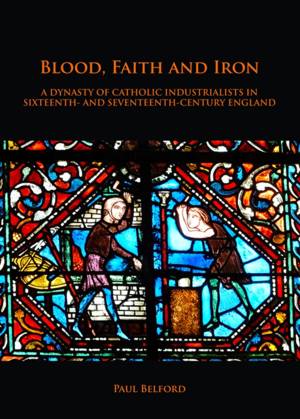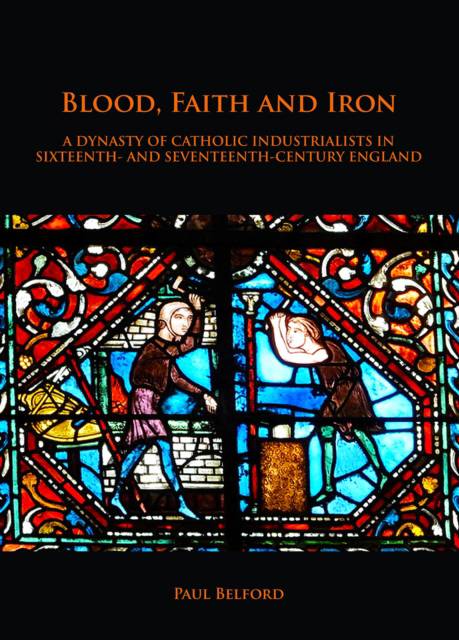
- Afhalen na 1 uur in een winkel met voorraad
- Gratis thuislevering in België vanaf € 30
- Ruim aanbod met 7 miljoen producten
- Afhalen na 1 uur in een winkel met voorraad
- Gratis thuislevering in België vanaf € 30
- Ruim aanbod met 7 miljoen producten
Zoeken
Blood, Faith and Iron
A Dynasty of Catholic Industrialists in Sixteenth- And Seventeenth-Century England
Paul Belford
Paperback | Engels
€ 45,95
+ 91 punten
Omschrijving
The Ironbridge Gorge is an iconic industrial landscape, presented as the birthplace of the Industrial Revolution and so part of a national narrative of heroic Protestant individualism. However this is not the full story. In fact this industrial landscape was created by an entrepreneurial Catholic dynasty over 200 years before the Iron Bridge was built. This book tells that story for the first time. Acquiring land at the Dissolution of the Monasteries, the Brooke family invested in coal mining and iron production - and introduced a radical new method of steelmaking which transformed that industry. Drawing together years of painstaking archaeological and historical research, this book looks in detail at the landscape, buildings and industrial installations created by the Brooke dynasty between the Dissolution and the English Civil War. It also explores the broader contexts - religious, economic and political - which shaped their mind-set and their actions. It considers medieval influences on these later developments, and looks at how the Brookes' Catholicism was reflected in the way they created a new industrial landscape. In so doing it questions traditional narratives of English industrialisation, and calls for a more sophisticated understanding of this period by historical archaeologists.
Specificaties
Betrokkenen
- Auteur(s):
- Uitgeverij:
Inhoud
- Aantal bladzijden:
- 236
- Taal:
- Engels
Eigenschappen
- Productcode (EAN):
- 9781789690682
- Verschijningsdatum:
- 13/11/2018
- Uitvoering:
- Paperback
- Formaat:
- Trade paperback (VS)
- Afmetingen:
- 175 mm x 246 mm
- Gewicht:
- 589 g

Alleen bij Standaard Boekhandel
+ 91 punten op je klantenkaart van Standaard Boekhandel
Beoordelingen
We publiceren alleen reviews die voldoen aan de voorwaarden voor reviews. Bekijk onze voorwaarden voor reviews.








